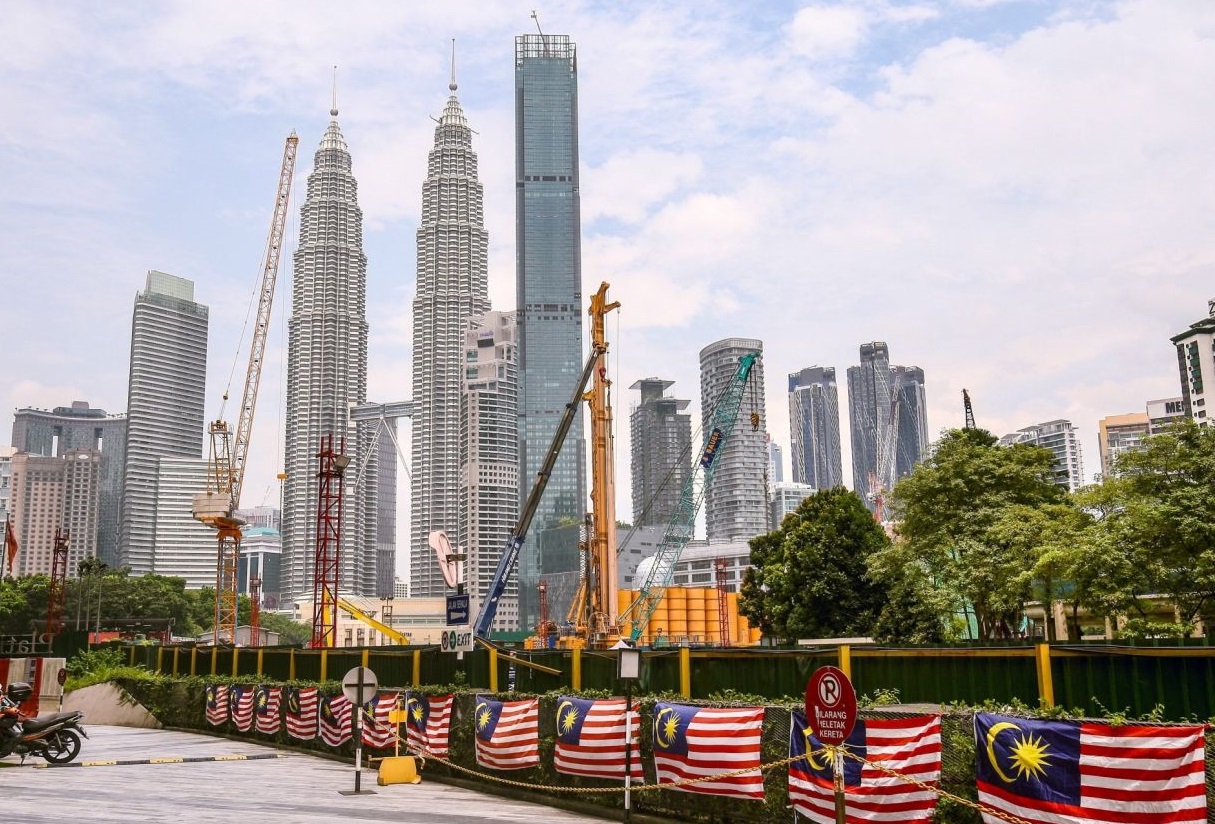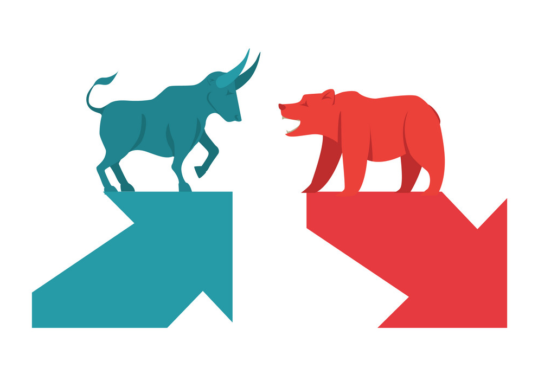WHILE economic recovery is slowly but surely taking place, challenges abound before 2022 can excel as a turnaround year.
Towards this end, AmResearch foresees various opportunities and risks that may affect Malaysia’s equity market.
Opportunity-wise, there is strong economic resilience as Malaysia’s vaccination rate is on par with G7 countries given the population with full vaccination against COVID-19 has reached 78.3% as of Dec 24 which is much higher than the world average of 48.2%.
The high vaccination rate should translate into a low hospitalisation rate. Proactive measures to provide booster shots should help to limit Omicron cases’ surge and hospitalisation.
“We expect there will be no large-scale lockdown in 2022 even if Omicron causes a significant increase in COVID-19 cases,” projected head of equity research Alan Lim Seong Chun.
“There was no surge in deaths caused by COVID-19 in South Africa despite a huge increase in the number of new cases. The same trend is noticed in the UK where COVID deaths rose at a much lower rate compared to the surge in new cases.”
Back home, the Government has announced that two more states – Sarawak and Kelantan – will transition to Phase 4 of the National Recovery Plan (NRP) effective today (Jan 3). This means all states in Malaysia are now in Phase 4 (the last phase of NRP).
Moreover, AmResearch is positive that consumer optimism can be sustained in 2022 coupled with higher disposable income, a better job market and broader economic recovery, this will be supportive to private consumption.
The three risks that are of concern to AmResearch are:
ESG ‘E’ risk in the form of climate change
There will be a small impact to corporate earnings in 4Q 2021 due to reduced efficiency and productivity in the short term as some staff are affected by the flood.
For example, Westports Holdings Bhd’s staffing capacity was down to circa 30% due to the flood disruptions. The situation has since improved as the floods subsided and staffing capacity returned to normal at end-2021.
Looking ahead into 2022, climate change is a risk for the overall market if severe floods become more frequent.
ESG ‘S’ risk from US CBP’s potential ban
In the past three years, the US Customs and Border Protection (CBP) has banned imports from seven Malaysian companies (including unlisted ones) due to alleged forced labour practices.
However, the ban on WRP Asia Pacific and Top Glove Corp Bhd was lifted on March 24, 2020 and Sept 10, 2021 respectively.
Out of the seven companies, one was banned in 2019, 2020 (three) and 2021 (three). By sector, five of the companies are from the glove sector and two from plantation.
Four of the seven companies are public listed companies. Looking ahead into 2022, we believe that there could be a risk of similar ban by the CBP on Malaysia’s public listed companies.
The high dependency on foreign labour is one of the factors although companies that treat their employees well should have very low risk.
What if China’s economy slows down?
China is Malaysia’s top export destination with RM171.99 bil worth of exports for the period of January to November 2021. This made up 15.4% of total Malaysia exports.
AmResearch’s in-house economist is projecting China’s GDP to grow 5%-6% in 2022 (6.5% to 7.5% in 2021).
However, if China’s economy slows down more than expected, it could affect Malaysia exports.
The sectors at risk should this happen would be plantation and technology. – Jan 3, 2022
Pic credit: The Star










